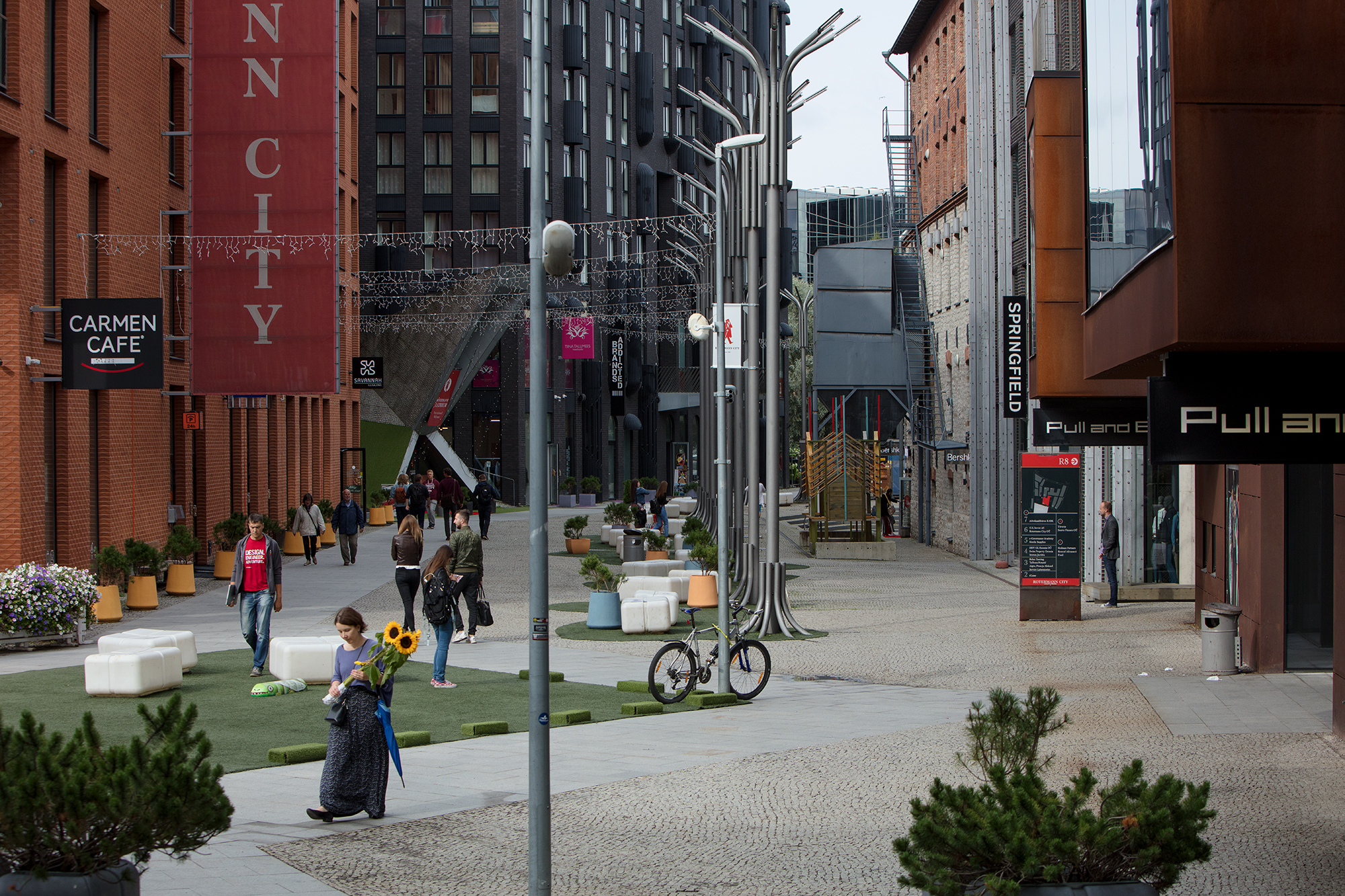The Rotermann Quarter in the heart of Tallinn, bounded by the Old Town, the port and the Viru Square, is situated at a historically crucial location – it was the Viru Square that provided the crossing for highways bound for Tartu, Narva and Pärnu in the 19th century; the square is also the official central point of Tallinn. The concentration of historically significant buildings in the Rotermann Quarter allows for comparisons with Tallinn’s Old Town itself.
Christian Barthold Rotermann (b. June 9, 1840, d. July 6, 1912), the founder of the salt storage, was one of the most notable major industrialists in turn of the century in Tallinn. His grandfather, also Christian Rotermann, was a goldsmith in Paide while father, Christian Abraham Rotermann (1801-1870), was an artisan hatter who came to Tallinn in 1828 and founded the merchant court “Chr. Rotermann”.
The merchant court primarily dealt with the production, import and export of construction materials. In 1849 Christian Abraham Rotermann built a department store by the Viru Square. In time, a whole complex of factories merged with Rotermann’s merchant court and the so-called Rotermann Quarter was formed next to Mere Avenue.
Rotermann City is teeming with stores, offices and restaurants, but has also thoughtfully provided playing opportunities for children and safety for pedestrians which is why the district is car-free – all of the parking has been directed to the large underground parking area with plenty of spaces for everyone.
